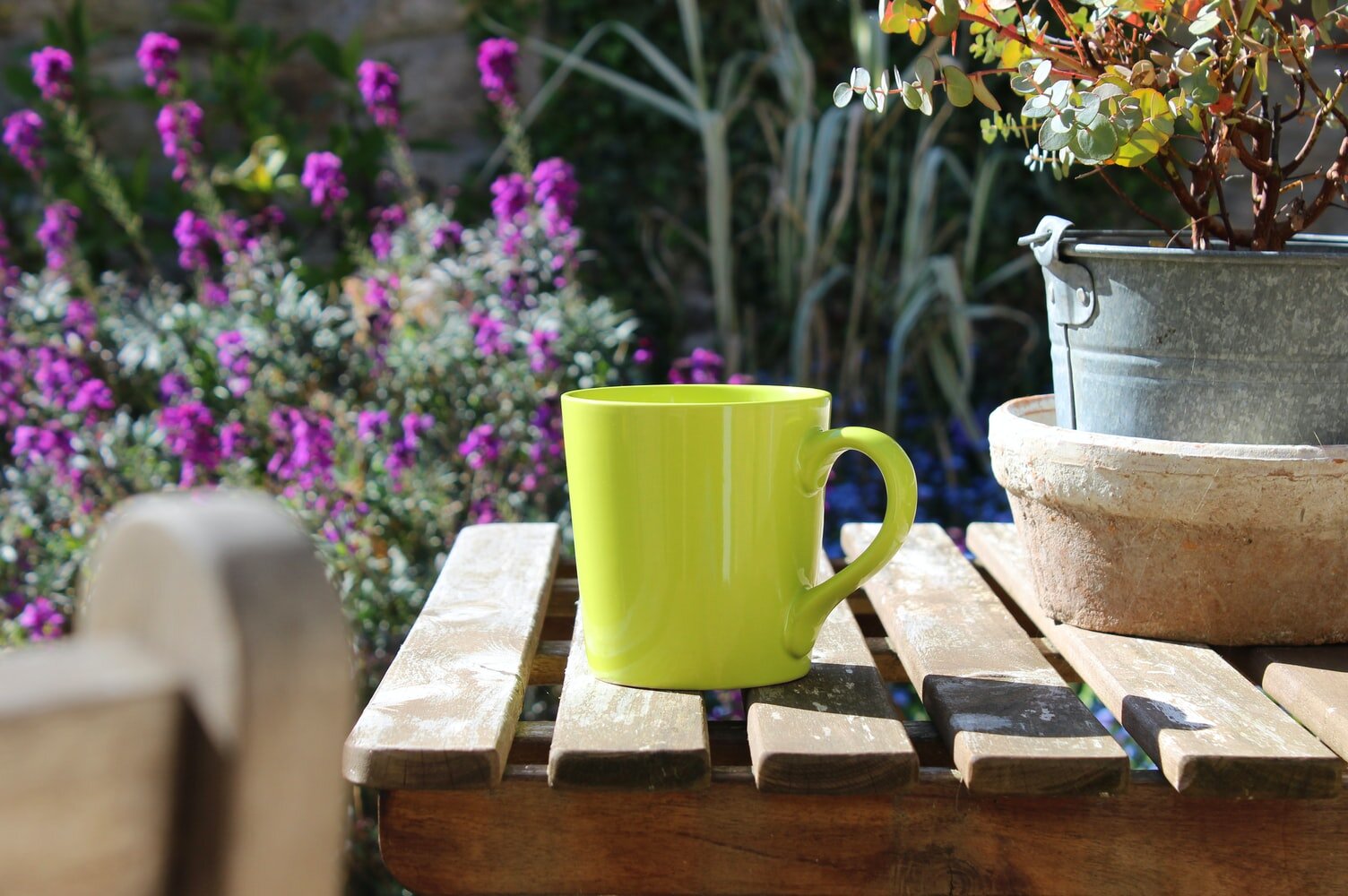8 steps to create a relaxing garden
How do you create a relaxing garden? This is one of the most common questions we get asked as garden designers. After a day in our hectic and stressful lives, we all seek a sanctuary to unwind in. So, here are eight steps on how to create a relaxing garden.
1. Deciding on an area for your relaxation
Do you want the whole garden to focus on relaxation? Or are you looking to dedicate a specific area of your garden to this? Affecting the entire design, determining whether your garden needs to be multi-functional or not is crucial.
If you want a dedicated relaxation area within the garden, consider:
Do you prefer sun or shade?
What size do you want the area to be? It is subjective to each person, but a smaller space tends to be most effective when creating an intimate space for relaxing.
What shape will the area be? Sharp angles and harsh lines aren’t helpful when creating a relaxing garden. Circular or soft lined shapes are calming, and winding paths create an organic and natural feel.
2. Curating textures within the space
Often overlooked, textures are integral to creating a relaxing garden. Starting off with the paving of choice, you may opt for the traditional and timeless texture of sandstone for a softer look and feel. Alternatively, you may prefer the detailed design of a porcelain plank or a traditional brick paver.
It’s all about focusing on what brings you that sense of calm, which could include adding interest with two contrasting materials. This experiments with both the look of the space and the feel of the ground underfoot.
3. Creating a cohesive look
As the saying goes, less is more here. After step two, you should have a curated list of materials and it is best to use these throughout your garden. By repeating these textures and colours, it links spaces together and creates a cohesive garden.
This also applies to planting, with a simple planting palette. Upon finding a plant that you love, buy it again and again! Utilising the plant in the entirety of the garden - repetition and rhythm is the key to great planting design.
When selecting plants, consider the colours too. Green provides a calming effect and lowers the blood pressure. With green plants available in a wide range of forms and textures, make green a priority in your scheme. Great secondary colours to incorporate are paler or pastel colours such as whites and blues. They recede into the background, adding intrigue to your garden. This is the opposite to those hot colours; reds and oranges, which dominate the view and are anything but relaxing!
4. Provide privacy through shelter and screens
Your dream of a relaxing garden might also include being out of the prying eyes of neighbours or being hidden away from the kids! If so, shelter and screening can be incorporated via planting or a structure. You might immediately think of fencing as the perfect screen, but even better for your relaxing garden is a softer structure, such as a pergola with climbing plants
5. Layering through planting
Include additional plants that support your firm favourites from step three. This creates layering throughout the garden, creating a beautiful aesthetic that can be mixed with the sensory of smell if you select scented plants.
6. Encouraging natural and relaxing sounds
Think about ways you can attract nature into your garden. Birdsong is a classic example of natural background music! You can also consider water features for this, with the sound distracting from the busy day we have left behind.
7. Create simplicity with a focal point
Simplicity is key when creating a relaxing garden. Including a feature such as a sculpture or stone arrangement can capture the eye, when not too intricate.
Furniture also requires thought, not just for comfort but for practicality. Are you looking for one seat, or an area for a few people?
And on that note, remove all the clutter! It’s more difficult to relax when you have numerous plant pots or children’s toys scattered around you. Find a storage solution for the toys, and if you would like to use plant pots, select fewer in a larger size.
8. Lighting
The finishing touch to any garden, outdoor lighting not only provides practicality but also ambience. Look at outdoor lighting solutions or head to the more traditional solution of candles.
And there you have it! Eight steps to creating a relaxing garden.
These are general steps featuring key elements to consider, however you are unique. What might be an oasis of calm for you, wouldn’t help another at all!
That’s where bespoke garden design comes in, focused solely on your needs and wants for your outdoor space. For more information about our garden design process, click here. You can also view previous projects here.
If you have any questions, contact us to arrange a chat.

